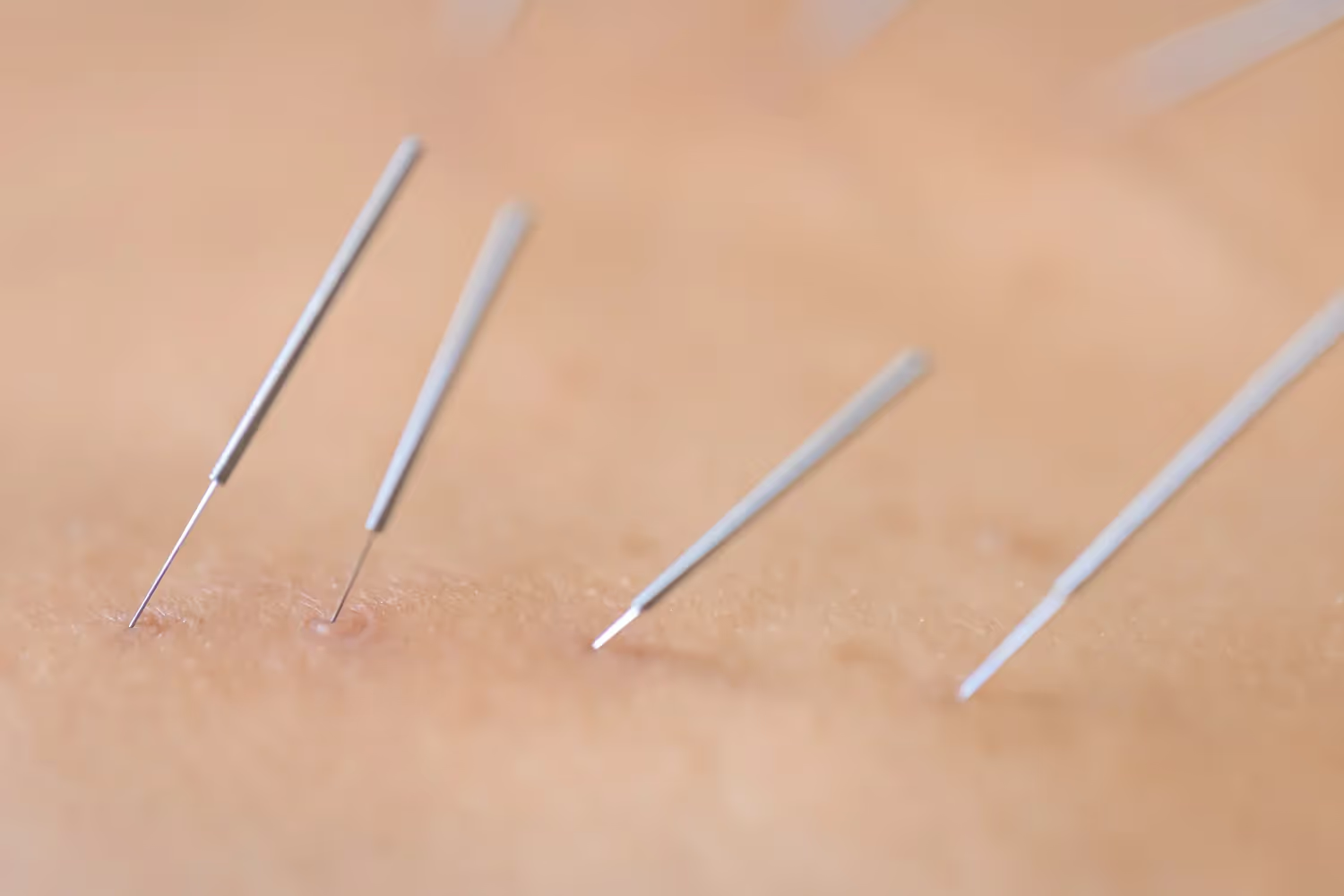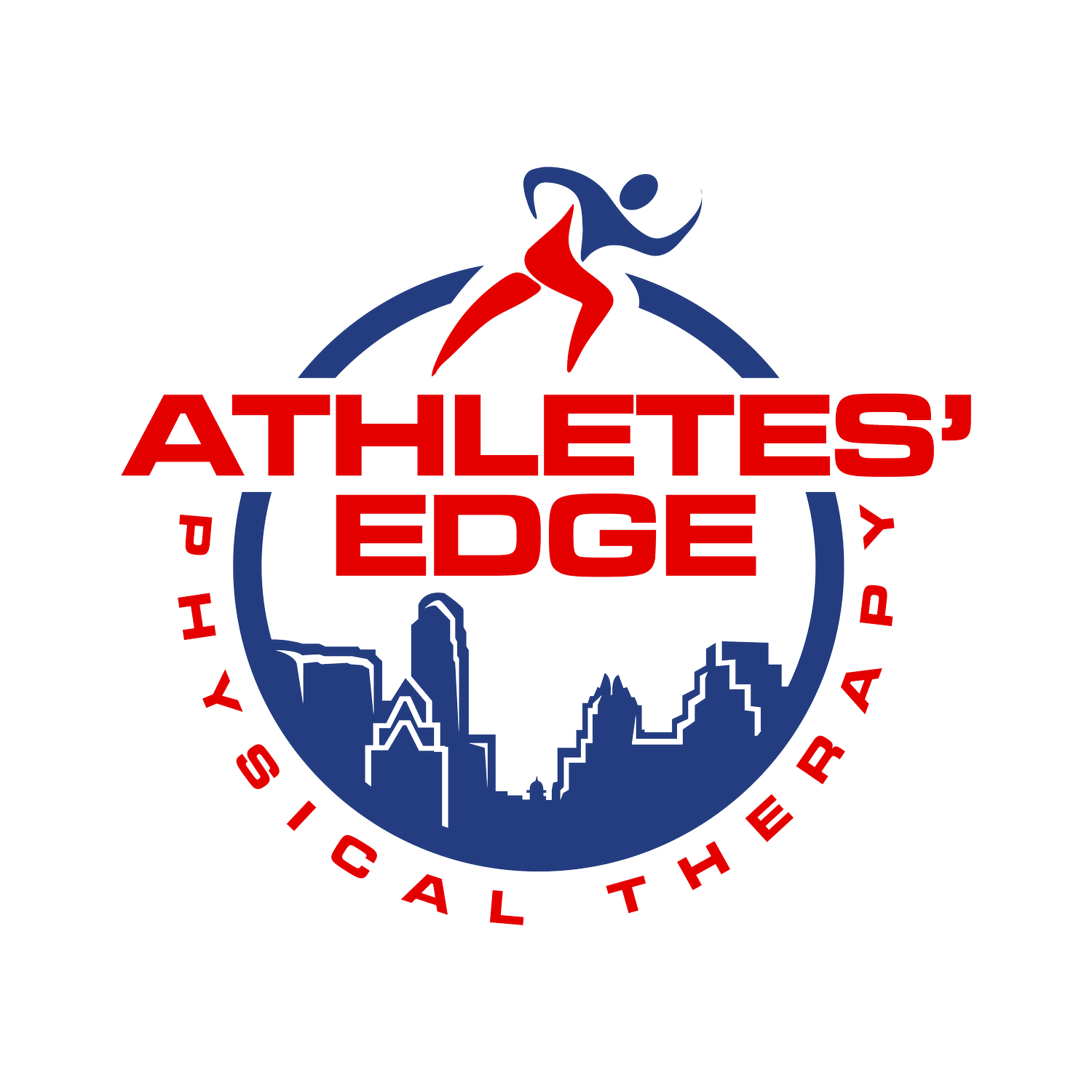Debunking the Top 5 Myths About Dry Needling

Dry needling has become a go-to recovery tool for active individuals in Austin, from runners and cyclists to busy professionals dealing with daily aches and pains. But with its rising popularity comes a wave of misinformation, leaving many unsure of what to expect or whether it’s even effective.
At Athletes Edge Physical Therapy, we hear the same concerns time and again from patients who are curious but cautious. That’s why we’re setting the record straight. In this blog, we’ll unpack five of the most common myths about dry needling—and explain what the science and clinical experience actually say.
READ: Why Sprinting Matters as We Age — A Physical Therapist’s Perspective

Myth #1: Dry Needling Is the Same as Acupuncture
At first glance, dry needling and acupuncture may look similar, both use thin, sterile needles inserted into the skin, and that’s where the similarities end.
Acupuncture is based on traditional Chinese medicine and focuses on restoring energy flow (or “qi”) along meridian lines. Dry needling, on the other hand, is rooted in modern Western medicine. It targets myofascial trigger points, which are tight bands of muscle that can cause pain, stiffness, and limited mobility.
At Athletes Edge Physical Therapy, dry needling is used as a clinical tool to relieve muscle tension, improve range of motion, and support recovery. The approach is highly specific to your condition, guided by anatomical knowledge and movement assessment, not ancient energy pathways.
Myth #2: Dry Needling Is Painful
One of the most common concerns we hear is, “Does it hurt?” Understandably, the idea of needles going into muscles can sound intimidating, but the reality is much different.
Most patients describe the sensation as a quick twitch or mild ache, not sharp pain. The needle is extremely thin, much finer than those used for injections, and often, you barely feel it going in. If a muscle does twitch, it’s typically followed by a sense of release or relaxation.
Some soreness after treatment is normal, much like what you’d feel after a deep tissue massage or a good workout. This mild discomfort usually fades within a day or two and is a sign that the muscle is responding to the treatment.
READ: Are Deadlifts Bad For my Low Back?
At Athletes Edge Physical Therapy, we always prioritize your comfort. Treatments are customized based on your needs and tolerance, so you’re never pushed beyond what feels manageable.
Myth #3: It’s Only for Serious Injuries
While dry needling can be highly effective for injury recovery, it’s not just for athletes nursing major setbacks. In fact, many people benefit from it long before pain becomes a serious issue.
Tight muscles, lingering soreness, or restricted movement from everyday activities, like long commutes, standing for hours, or even working at a desk, can all respond well to dry needling. It’s also a powerful tool for runners, cyclists, and gym-goers looking to stay proactive with recovery and performance.
At Athletes Edge Physical Therapy, we often use dry needling as part of a broader treatment plan for things like hip stiffness, shoulder tension, or calf tightness. Addressing these mild issues early can prevent them from developing into more significant injuries down the road.
Myth #4: It Offers Only Temporary Relief
Some people assume that dry needling provides a quick fix that fades after a few hours or days. While it can offer immediate relief, the benefits often go deeper than that.
When dry needling is integrated into a personalized treatment plan, it helps address the root causes of muscle dysfunction. By releasing trigger points, restoring proper muscle length, and improving circulation, dry needling supports long-term healing and performance.
At Athletes Edge Physical Therapy, we combine dry needling with corrective exercises, movement retraining, and manual therapy to create lasting change. Patients often report not only reduced pain, but also better mobility and strength in the weeks following treatment.
Relief may start quickly, but when done right, the results are designed to last.
READ: Six Health TIPS to Optimize Your Physical Therapy Outcomes
Myth #5: Anyone Can Perform Dry Needling
Dry needling isn’t a one-size-fits-all technique, and it’s not something just anyone can offer safely or effectively. It requires advanced training, clinical judgment, and a deep understanding of human anatomy.
In Texas, only licensed healthcare professionals such as physical therapists with specialized certification are allowed to perform dry needling. This ensures that the treatment is both safe and targeted to your individual needs.
At Athletes Edge Physical Therapy, our clinicians are highly trained in dry needling techniques. We assess movement patterns, muscle function, and your specific goals to determine when and where dry needling can be most effective.
Get the Facts—and Get Relief—with Expert Dry Needling in Austin
Dry needling is a powerful tool when used by skilled professionals who understand your body and your goals. At Athletes Edge Physical Therapy, we take a personalized approach to help you move better, recover faster, and stay active, without falling for the myths.
Whether you’re curious about trying dry needling for the first time or looking to integrate it into your ongoing care, our team in Austin is here to guide you every step of the way.
Request an appointment to learn how dry needling can support your movement, mobility, and long-term wellness.

